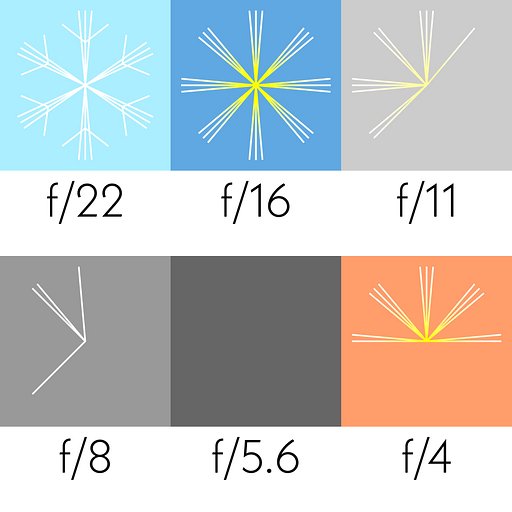What is metering?
Metering is the process of reading the lighting conditions before taking a photograph. This is where shutter speed, aperture, and ISO all come into play. You can change your settings according to the light reading of a handheld light meter or the built-in light meter of your camera (if it has one).

Different conditions will affect the way you take photos. If it’s sunny outside, you might want to consider closing the aperture a bit or cranking up your shutter speed. If it’s a bit gloomy or cloudy, you can open up your aperture or lower your shutter speed.
The best way to be accurate when it comes to metering is by using a device as stated earlier, however, you can also familiarize yourself with the Sunny 16 rule so you can take well-exposed photos even without a light meter.
Anything missing?
Can’t find an answer to your question? Or do you have some useful advice to add to one of our courses? We want to build the world’s largest analogue learning space, so please send any further requests or information to school@lomography.com and we’ll take a look!
More Courses
-
What are the different types of film cameras?
From a SLR, to TLR, to rangefinder or point & shoot cameras – find out how these different types of cameras operate.
-
What is the sunny16 rule?
The Sunny 16 Rule is a way to meter for correct exposure during daylight without using the camera’s meter. It is great for photographers who don’t want to get slowed down by metering for every shot or rely too much on their camera’s in-built light meter.
-
What does it mean to overexpose vs underexpose a photo?
Put simply, an overexposed image is one that is brighter than the reality of the scene you’re trying to photograph, while an underexposed image is darker than reality. Overexposure generally means you are giving your film too much light, and with underexposure you have the opposite problem of not enough light.
-
What is parallax error and how can I avoid it?
Parallax error, also known as a viewfinder error, is the shift in the apparent position of your subject due to the difference between what your lens sees and what your viewfinder shows. This can affect a photograph’s composition, framing and depth, but there are easy steps we can take to minimise it from happening.
-
What does exposure compensation mean?
Exposure compensation is a feature that allows you to override the camera’s light meter reading by allowing the photographer to control how dark or how bright a photo will turn out before snapping a photo.
-
Do I have to load film in my camera in the dark?
There’s no need to load film in the dark but going under the shade or subdued lighting are ideal conditions when loading film.
-
What is the difference between a full-frame and half-frame camera?
Full-frame film cameras create an image across the entire 36 mm by 24 mm frame. Whereas half-frame cameras can fit two images onto one frame and each image measures 18 mm by 24 mm.
-
How many photos can you take on a 35 mm film?
A standard roll of 35 mm film allows you to take 36 photos. However certain film stocks only allow 24 photos to be taken. The number of exposures is indicated on the outside of the box of film.
-
What is the difference between analogue and digital?
Analogue and digital formats are both ways of storing information. In analogue technology, waves or signals are stored in their original form (such as vinyl where grooves are etched in order to create sound waves on the disk itself.) However, in digital technology, waves or signals are converted into numbers and stored as code on a digital device such as a hard drive, memory card or computer.


